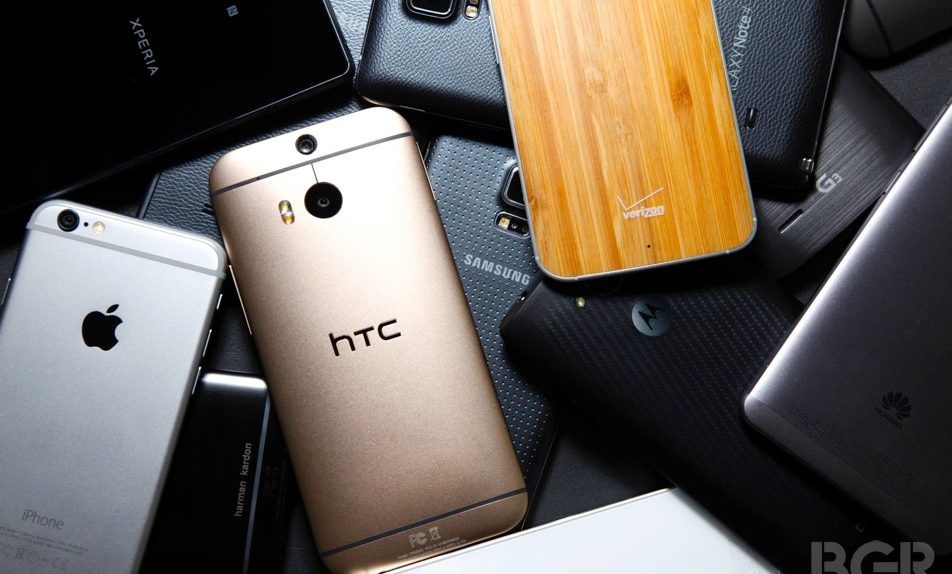Despite an unfortunate typo in the subheading of market research firm Juniper Research’s press release that reads million with an “M,” the company has found that smartphone shipments for the full year last year reached 1.4 billion units. That figure is up from the estimated 1.2 billion smartphones shipped in the prior year, but you wouldn’t know it to look at Juniper’s breakdown by company.
In fact, the only major global player in the smartphone market that saw any real growth at all in 2015 was… you guessed it… Apple.
DON’T MISS: 6 ways Android outshines my iPhone 6s
Before we get to the numbers, the following chart shows us what Juniper’s per-company breakdown looks like for the full year last year:
Of note, some of these numbers are exact for companies that report them, while others are estimates based on things like channel checks and earnings reports. Also of note, we’re yet again comparing iPhone sales to other companies’ shipments to distribution channels, since Apple is the only company that reports end user sales.
With that out of the way, let’s take a look at how crazy these numbers are.
The largest chunk on the chart belongs to the “Others” category, where no-name Chinese smartphone vendors continued to grow. In fact, they’re also responsible for the lion’s share of growth in the overall smartphone market in 2015.
Moving to individual companies, Samsung again shipped far more phones than any rival in 2015, with shipments climbing to an estimated 317 million units. As impressive as that number is, it represents growth of just 1% over 2014.
The rest of the Android market was bleak. LG’s annual shipments were up less than 1% on year while other major vendors all saw annual declines. In the all-important holiday quarter alone in 2015, HTC and Sony both saw smartphone shipments decline by an estimated 36%.
And then there’s Apple.
As we discussed in a recent post titled Apple and the Terrible, Horrible, No Good, Very Bad, Record-Breaking Quarter, Apple did manage an ever-so-slight increase in iPhone sales during the holiday quarter. This pushed profit to a new record — $18.4 billion in a single quarter — but it didn’t do much for the company’s annual iPhone sales growth.
But it was the iPhone 6, not the iPhone 6s, that was the star of the show for Apple in 2015.
Apple’s iPhone 6 and iPhone 6 Plus launched ahead of the holidays in 2014, and they were the first iPhones to have significantly larger displays than previous-generation models. Thanks to pent-up demand for bigger iPhones, consumers spent the next few quarters flocking to stores to buy them.
As a result, Apple’s annual iPhone sales were up 20% in 2015 despite the fact that holiday-quarter sales only climbed to 74.8 million units from 74.4 million in the year-ago quarter. That slow-down is huge, of course — Apple sold just 51 million iPhones in the December quarter back in 2013 — but Apple’s annual growth in 2015 compared to the depressing state of the rest of the market speaks volumes.
Dollars and Sense is a recurring column by BGR Executive Editor Zach Epstein. It offers insights on subtle changes in and around consumer electronics with the potential to have a broad impact on companies that drive the industry. Contact the author at z@bgr.com.








